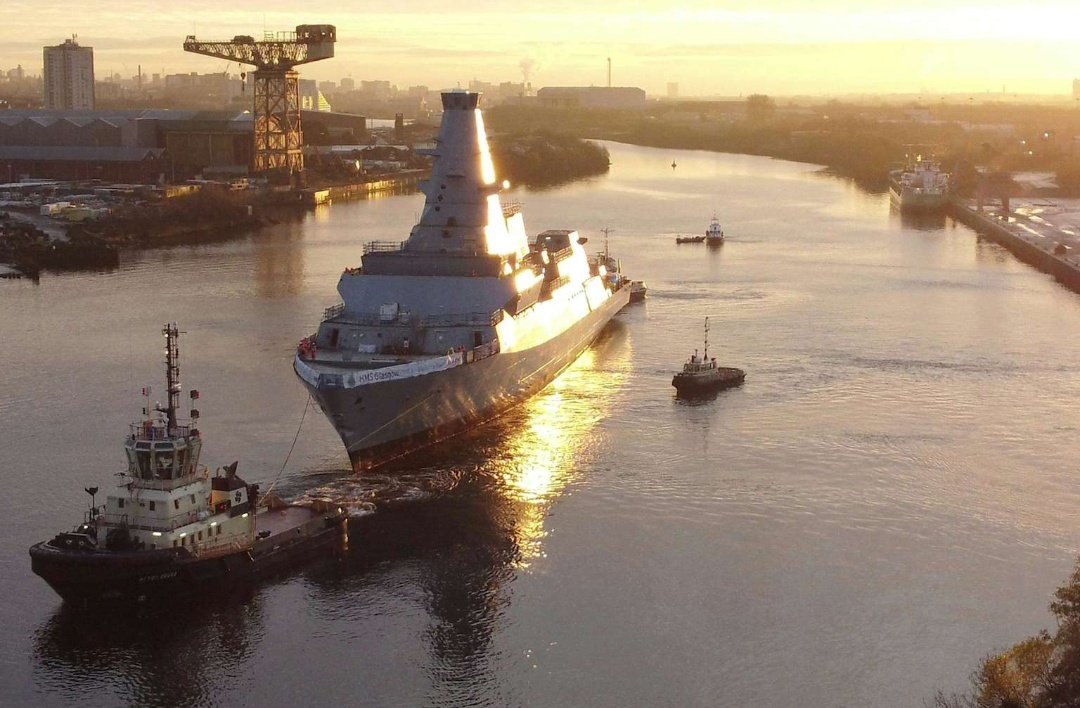The United Kingdom has clinched a historic £10 billion deal to supply Norway with at least five next-generation Type 26 frigates. This represents the UK’s largest warship export deal by value, highlighting Britain’s leading role in defense technology and reinforcing NATO’s maritime security in Northern Europe. The contract will also provide a significant economic boost to the UK, supporting around 4,000 jobs, including over 2,000 at BAE Systems’ Glasgow shipyard where the warships will be built.
Strategic and Economic Significance
The Type 26 frigates are designed for anti-submarine warfare, a critical capability in the face of increased Russian naval activities in the North Atlantic and Arctic. This procurement will form a combined fleet of 13 anti-submarine frigates between the UK and Norway—eight for the Royal Navy and at least five for the Royal Norwegian Navy—enhancing cooperation and defense readiness in the region.
Prime Minister Sir Keir Starmer described the deal as a vital part of the UK government’s “Plan for Change,” aimed at economic growth, job creation, and strengthening national and allied security. The project supports over 400 British companies involved in the supply chain, including many small and medium-sized enterprises mainly in Scotland, the North West of England, and the West Midlands.
Norwegian Prime Minister Jonas Gahr Støre called the agreement “a historic strengthening of defence cooperation” between the two nations, noting the UK was selected as the strategic partner after rigorous evaluation of competitive bids from France, Germany, and the United States.
Key Deal Highlights
-
Number of Warships: Minimum 5 Type 26 frigates for Norway
-
Total Deal Value: £10 billion
-
UK Jobs Supported: Approximately 4,000 until the 2030s
-
Key Shipbuilding Site: BAE Systems, Glasgow
-
British Companies Supported: Over 400, including 103 in Scotland and numerous SMEs
-
Strategic Benefit: Strengthening NATO’s northern maritime flank
Enhanced UK-Norway Military Partnership
This deal will foster extensive military collaboration including shared maintenance, crew training, support systems, and personnel exchange programs between UK and Norwegian navies. This integration ensures interoperability and enhances NATO’s collective deterrence and defense capabilities, particularly against maritime threats posed by Russian submarines.
Defence Secretary John Healey highlighted the partnership’s importance, emphasizing that it symbolizes over 75 years of allied cooperation on NATO’s northern frontlines. The deal places more advanced warships in the North Atlantic to protect undersea infrastructure and promote regional security.
UK-Norway Warship Deal Overview
| Aspect | Details |
|---|---|
| Deal Value | £10 Billion |
| Warship Model | Type 26 Frigates |
| Minimum Number of Ships | 5 (for Norway) |
| Combined Fleet Size | 13 frigates (8 UK + 5 Norway) |
| Shipyard Location | Glasgow, Scotland (BAE Systems) |
| Jobs Supported | ~4,000 UK jobs (including >2,000 in Glasgow) |
| Number of British Suppliers | 400+ (including 103 in Scotland) |
| Strategic Purpose | Anti-submarine warfare, safeguarding NATO’s northern flank |
| Key Leaders Involved | UK PM Keir Starmer, Norway PM Jonas Gahr Støre |
| Contract Timeline | Deliveries starting from 2030 |
Broader Defense and Geopolitical Context
The deal is part of a broader strategic response to growing Russian military assertiveness in the High North. It also complements other NATO efforts to safeguard critical maritime infrastructure and maintain security in the North Atlantic. The UK’s Type 26 frigate design is internationally acknowledged for advanced weapons, sensors, and adaptable systems suitable for emergent threats, with Australia and Canada also selecting the same warship model for their navies.
This collaboration further cements the UK and Norway’s long-term strategic alliance and positions their naval forces to work jointly and interchangeably, reinforcing NATO’s collective security architecture in a strategically sensitive region.
The £10 billion UK-Norway warship deal is a landmark in defense procurement that merges cutting-edge technology with economic growth and geopolitical strategy, securing the future of NATO’s northern maritime defense for decades to come.

